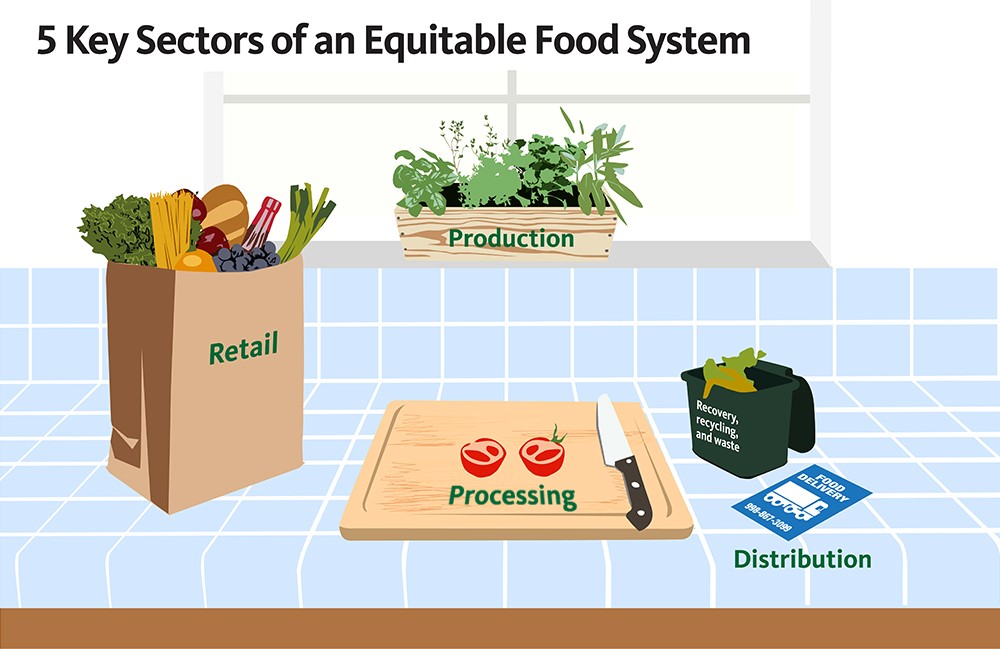7667766266
enquiry@shankarias.in
World Food Day 2024 was observed on October 16 with the theme “Right to foods for a better life and a better future”.

The Hindu | equitable agrifood systems